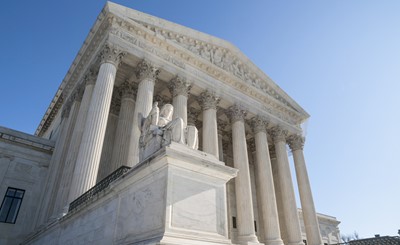Impact of recent federal policy changes on open enrollment

Open Enrollment Period (OEP)
The fifth open enrollment period (OEP 5) kicked off on November 1, 2017, with a shortened enrollment window compared to previous years. With only until December 15th to make eligibility and enrollment changes, states have been urging consumers to make selections early and seek assistance from application assisters, insurance agents or brokers and navigators. Healthcare.gov includes a function where consumers can enter their zip code and find assistance nearby, as well as a premium estimator tool. There are also an abundance of new policies related to OEP 5 including new special enrollment period (SEP) guidelines. These new guidelines require that an enrollee must have had coverage for at least one day during the 60 days prior to a move for the enrollee to qualify for a SEP due to a permanent change in primary place of living. Additionally, individual marketplace enrollees with simple enrollment cases will be allowed to complete the entire process on a web-broker or carrier website without having to be redirected to healthcare.gov. It was recently finalized (in the proposed Notice of Benefit and Payment Parameter regulations) that all Small Business Health Options Program (SHOP) enrollments will be processed through carriers for 2018.
Loss of cost sharing reduction (CSR) funding
Uncertainty around CSR payments to carriers continues, and at the time of publication of this article, the administration is no longer making CSR payments (with September 2017 being the last known payment). The majority of states did allow carriers to refile rates or file two sets of rates to ensure 2018 rates included assumptions for potential loss of CSR payments. The question now is what happens if these payments are reinstated--how will states ensure carriers are not “double dipping” by receiving both higher premiums for silver plans with loss of CSR payment assumptions loaded as well as potentially a CSR payment from the federal government. Despite the uncertainty, the message to consumers for OEP 5 should be that this will not affect their ability to choose a plan in the silver level and, if eligible, to receive both an advanced premium tax credit (APTC) and reduced out of pocket costs.
Reduced consumer choice
With the loss of major marketplace carriers for 2018, including Aetna, Blue Cross Blue Shield, and United in many states, consumers are facing less consumer choice and limited options in OEP 5. For example, states such as Iowa, Delaware, Mississippi, and Nevada are left with just one carrier in 2018.1 This has resulted in many enrollees being cross-walked to a new plan due to the loss of coverage options from their existing carrier. Enrollees should pay extra attention to notices from healthcare.gov to ensure they are in the plan that best fits their health needs and allows them to receive the maximum financial assistance, if eligible. Some states have been granted a “special” special enrollment period to allow individuals affected by carrier withdrawal from the market, and in this instance, the state and the carriers may be reaching out to affected consumers.2 Despite the reduced options, consumers are still seeking insurance through healthcare.gov, with the Centers for Medicare & Medicaid Services (CMS) releasing week two snapshots that indicated that 876,788 people made plan selections, including 208,397 new consumers, with enrollment totaling 1,478.250 since November 1st.3
